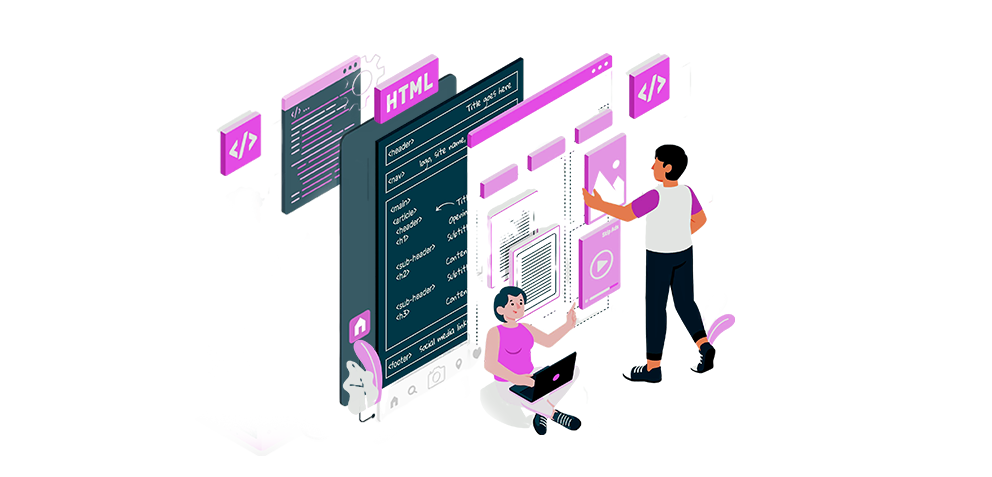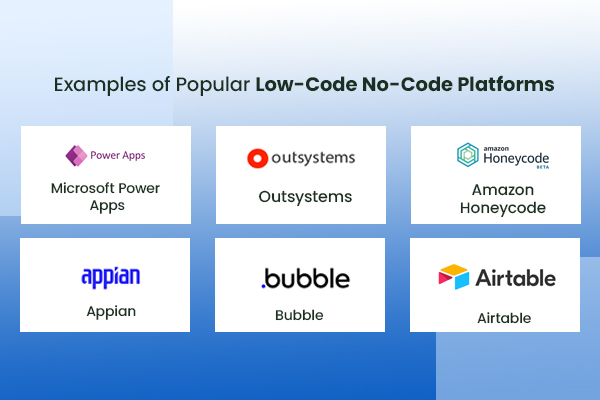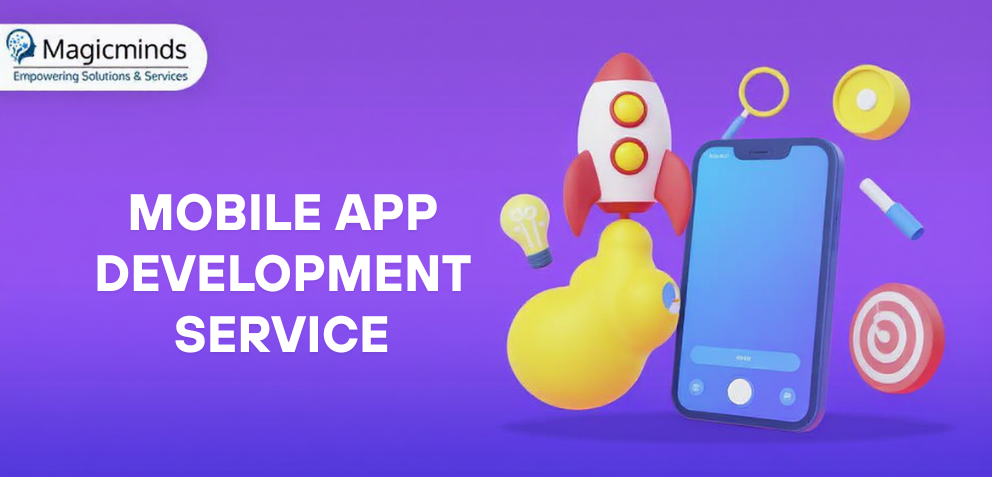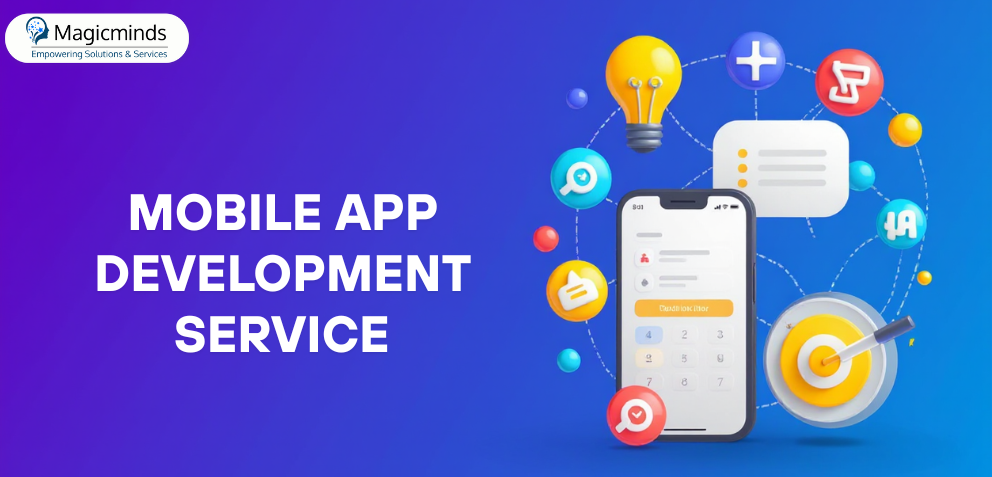How Low Code No Code Are Transforming App Development

Table Of Contents
 Stay In-the-loop
Stay In-the-loop
Get fresh tech & marketing insights delivered right to your inbox.
Share this Article
Tags
Category
- .Net Developer
- Adtech
- Android App Development
- API
- App Store
- Artificial Intelligence
- Blockchain Development
- Chatbot Development
- CMS Development
- Cybersecurity
- Data Security
- Dedicated Developers
- Digital Marketing
- Ecommerce Development
- Edtech
- Fintech
- Flutter app development
- Full Stack Development
- Healthcare Tech
- Hybrid App Development
- iOS App Development
- IT Project Management
- JavaScript development
- Laravel Development
- Magento Development
- MEAN Stack Developer
- MERN Stack Developer
- Mobile App
- Mobile App Development
- Nodejs Development
- Progressive Web Application
- python development
- QA and testing
- Quality Engineering
- React Native
- SaaS
- SEO
- Shopify Development
- Software Development
- Software Outsourcing
- Staff Augmentation
- UI/UX Development
- Web analytics tools
- Wordpress Development
Today, speed and performance are paramount for any app development. Low-code and no-code app development has emerged as the go-to answer for building apps faster and with fewer resources. These product development methods assist businesses in streamlining techniques, reducing fees, and quickly producing digital products for the marketplace.
However, as low-code and no-code platforms gain advantage, a huge question arises: Is this the destiny of software development?
This article discovers low-code and no-code development’s advantages, limitations, and future. So whether you’re a startup founder, an enterprise supervisor, or a person trying to hire dedicated developers, here’s what you should know.
So, without further delay, let’s get started!
What is Low-Code and No-Code?
Low code and no code platforms are nothing but software development environments that enable users to create apps without writing much code.
- Low-code platforms are made for developers and other tech-savvy users. They enable them to build apps using code and visual tools. This method allows for smooth customization while drastically reducing application development time.
- Conversely, no-code platforms serve non-technical users. Their visual interface, including pre-made templates and drag-and-drop tools, allows users to assemble applications without knowledge of code writing.
Both methods have been game-changers, especially for mobile app development, where time-to-market is crucial for determining a product’s success.
Related Read: 9 Steps to Build a Mobile-Friendly Website
Challenges That Low-Code No-Code Addresses
Traditionally, software development requires better coding expertise and significant time investment.
Here are some of the primary challenges that low-code and no-code are addressing:
- Skill Shortage
Companies regularly seek to get certified and skilled developers, and hiring dedicated developers with specialized skills may be costly and time-consuming. Low-code and no-code systems make it less complicated for non-developers to build applications, reducing dependency on specialized capabilities.
- Time-to-Market
Certainly, time is money for organizations. Traditional development cycles stay for months or even years, but low-code and no-code platforms allow apps to be built quickly–in days or weeks.
- High Costs
Well, developing software from the start is always difficult and time-consuming. By decreasing large development teams and development time, low-code and no-code solutions make software improvement more accessible to startups and small businesses.
- Resource Constraints
Many businesses lack the resources needed for large-scale development initiatives. Low-code and no-code structures address this by allowing groups to leverage their present workforce more successfully.
Ready to Bring Your App Idea to Life?
Turn your vision into a high-performing app! Start your project with Magicminds and innovate with confidence.
Examples of Popular Low-Code No-Code Platforms

In the low-code and no-code landscape, several platforms are causing a stir, including:
- Appian: A low-code platform that allows speedy app building, emphasizing business requirement solutions and automation.
- OutSystems: OutSystems helps develop web and mobile apps and is famous for its intuitive UI and robust integration competencies.
- Bubble: This no-code platform, famous for creating websites and online apps without any coding knowledge, is good for non-developers.
- Airtable: Although it’s frequently used as a database tool, thanks to Airtable’s no-code features, customers may increase workflows and automate processes without knowing any code.
These platforms serve various use cases, from personal projects to enterprise-level applications.
Read More: Mastering Wireframing for Mobile App Development: A Complete Guide
Advantages of Low-Code and No-Code App Development
The advantages of low-code and no-code development are huge.
Here’s a take a look at a few key advantages:
-
Speed and Agility
With low-code and no-code structures, apps can be built and deployed much quicker than conventional strategies. This allows organizations to respond quickly to marketplace changes.
-
Reduced Costs
Companies can save substantial operational costs by eliminating the need for massive developer teams and reducing improvement time.
-
Enhanced Productivity
Low-code and no-code platforms allow cross-functional teams to work collectively. Marketers, designers, and managers can create apps or collaborate with developers to iterate on ideas swiftly.
-
Empowerment for Non-Developers
No-code systems open the door for non-technical customers to contribute to application development, decreasing the dependency on developers.
-
Encourages Experimentation
These platforms’ ease of use encourages businesses to test new ideas without huge investments, which fosters innovation and flexibility.
Also Read: Web App vs. Mobile App: Decoding the App Dilemma for Your Next Project
Limitations of Low-Code and No-Code Development
Although low-code and no-code systems offer several advantages, they have shortcomings.
-
Customization Constraints
These systems frequently lack the required flexibility, especially customized solutions, which may restrict users’ use of complex apps requiring precise functionalities.
-
Scalability Issues
Applications built on low-code and no-code structures may struggle with scalability, particularly as the app’s user base grows or new functions are needed.
-
Security Concerns
Although many platforms offer robust protection functions, businesses dealing with vital information might be worried about compliance and facts protection on third-party platforms.
-
Vendor Lock-In
Companies that depend heavily on a particular platform may additionally face issues if they ever desire to migrate their application to an exceptional system.
-
Skill Gap for Advanced Features
While non-developers can effortlessly use these systems, superior functions require technical knowledge, which may limit non-developers if they desire to scale their apps.
Need Expert Developers?
Accelerate your project with our expert developers and take your app to the next level.
Hire Developers Now!Does the Future of Code Lie in Low-Code and No-Code?
Speaking frankly, it depends. Considering their capability to challenge the conventional process, low-code, and no-code systems are here to stay and disrupt the usual development. However, they may no longer be a one-size-fits-all answer.
Traditional coding will still be needed for complex, large-scale applications, especially in sectors where scalability and customization are crucial. Additionally, companies that deal with sensitive data require custom solutions to maintain control over data management and security. So, they prefer the traditional app-building process instead of the no-code and low-code–quick solution.
The blessings, however, exceed the drawbacks for most businesses. Low-code and no-code structures are best for creating MVPs, prototypes, and even working apps with a smaller user base because they offer unparalleled speed, flexibility, and value-effectiveness.
Are you prepared to start? Discover the no-code and low-code development world now to realize your ideas more quickly.
Contact Magicminds for your low-code no-code development.
Today, speed and performance are paramount for any app development. Low-code and no-code app development has emerged as the go-to answer for building apps faster and with fewer resources. These product development methods assist businesses in streamlining techniques, reducing fees, and quickly producing digital products for the marketplace. However, as low-code and no-code platforms gain advantage, a huge question arises: Is this the destiny of software development? This article discovers low-code and no-code development’s advantages, limitations, and future. So whether you’re a startup founder, an enterprise supervisor, or a person trying to hire dedicated developers, here’s what you should know.
So, without further delay, let’s get started!
| Table of Contents!
What is Low-Code and No-Code? Challenges That Low-Code No-Code Addresses Examples of Popular Low-Code No-Code Platforms Advantages of Low-Code and No-Code App Development Limitations of Low-Code and No-Code Development Does the Future of Code Lie in Low-Code and No-Code? |
What is Low-Code and No-Code?
Low code and no code platforms are nothing but software development environments that enable users to create apps without writing much code.
- Low-code platforms are made for developers and other tech-savvy users. They enable them to build apps using code and visual tools. This method allows for smooth customization while drastically reducing application development time.
- Conversely, no-code platforms serve non-technical users. Their visual interface, including pre-made templates and drag-and-drop tools, allows users to assemble applications without knowledge of code writing.
Both methods have been game-changers, especially for mobile app development, where time-to-market is crucial for determining a product’s success.
Related Read: 9 Steps to Build a Mobile-Friendly Website
Challenges That Low-Code No-Code Addresses
Traditionally, software development requires better coding expertise and significant time investment.
Here are some of the primary challenges that low-code and no-code are addressing:
- Skill Shortage
Companies regularly seek to get certified and skilled developers, and hiring dedicated developers with specialized skills may be costly and time-consuming. Low-code and no-code systems make it less complicated for non-developers to build applications, reducing dependency on specialized capabilities.
- Time-to-Market
Certainly, time is money for organizations. Traditional development cycles stay for months or even years, but low-code and no-code platforms allow apps to be built quickly–in days or weeks.
- High Costs
Well, developing software from the start is always difficult and time-consuming. By decreasing large development teams and development time, low-code and no-code solutions make software improvement more accessible to startups and small businesses.
- Resource Constraints
Many businesses lack the resources needed for large-scale development initiatives. Low-code and no-code structures address this by allowing groups to leverage their present workforce more successfully.
| Ready to Bring Your App Idea to Life?
Turn your vision into a high-performing app! Start your project with Magicminds and innovate with confidence. |
Examples of Popular Low-Code No-Code Platforms
In the low-code and no-code landscape, several platforms are causing a stir, including:
- Appian: A low-code platform that allows speedy app building, emphasizing business requirement solutions and automation.
- OutSystems: OutSystems helps develop web and mobile apps and is famous for its intuitive UI and robust integration competencies.
- Bubble: This no-code platform, famous for creating websites and online apps without any coding knowledge, is good for non-developers.
- Airtable: Although it’s frequently used as a database tool, thanks to Airtable’s no-code features, customers may increase workflows and automate processes without knowing any code.
These platforms serve various use cases, from personal projects to enterprise-level applications.
Read More: Mastering Wireframing for Mobile App Development: A Complete Guide
Advantages of Low-Code and No-Code App Development
The advantages of low-code and no-code development are huge.
Here’s a take a look at a few key advantages:
-
Speed and Agility
With low-code and no-code structures, apps can be built and deployed much quicker than conventional strategies. This allows organizations to respond quickly to marketplace changes.
-
Reduced Costs
Companies can save substantial operational costs by eliminating the need for massive developer teams and reducing improvement time.
-
Enhanced Productivity
Low-code and no-code platforms allow cross-functional teams to work collectively. Marketers, designers, and managers can create apps or collaborate with developers to iterate on ideas swiftly.
-
Empowerment for Non-Developers
No-code systems open the door for non-technical customers to contribute to application development, decreasing the dependency on developers.
-
Encourages Experimentation
These platforms’ ease of use encourages businesses to test new ideas without huge investments, which fosters innovation and flexibility.
Also Read: Web App vs. Mobile App: Decoding the App Dilemma for Your Next Project
Limitations of Low-Code and No-Code Development
Although low-code and no-code systems offer several advantages, they have shortcomings.
-
Customization Constraints
These systems frequently lack the required flexibility, especially customized solutions, which may restrict users’ use of complex apps requiring precise functionalities.
-
Scalability Issues
Applications built on low-code and no-code structures may struggle with scalability, particularly as the app’s user base grows or new functions are needed.
-
Security Concerns
Although many platforms offer robust protection functions, businesses dealing with vital information might be worried about compliance and facts protection on third-party platforms.
-
Vendor Lock-In
Companies that depend heavily on a particular platform may additionally face issues if they ever desire to migrate their application to an exceptional system.
-
Skill Gap for Advanced Features
While non-developers can effortlessly use these systems, superior functions require technical knowledge, which may limit non-developers if they desire to scale their apps.
| Need Expert Developers?
Accelerate your project with our expert developers and take your app to the next level. |
Does the Future of Code Lie in Low-Code and No-Code?
Speaking frankly, it depends. Considering their capability to challenge the conventional process, low-code, and no-code systems are here to stay and disrupt the usual development. However, they may no longer be a one-size-fits-all answer.
Traditional coding will still be needed for complex, large-scale applications, especially in sectors where scalability and customization are crucial. Additionally, companies that deal with sensitive data require custom solutions to maintain control over data management and security. So, they prefer the traditional app-building process instead of the no-code and low-code–quick solution.
The blessings, however, exceed the drawbacks for most businesses. Low-code and no-code structures are best for creating MVPs, prototypes, and even working apps with a smaller user base because they offer unparalleled speed, flexibility, and value-effectiveness.
Are you prepared to start? Discover the no-code and low-code development world now to realize your ideas more quickly.
Contact Magicminds for your low-code no-code development.


